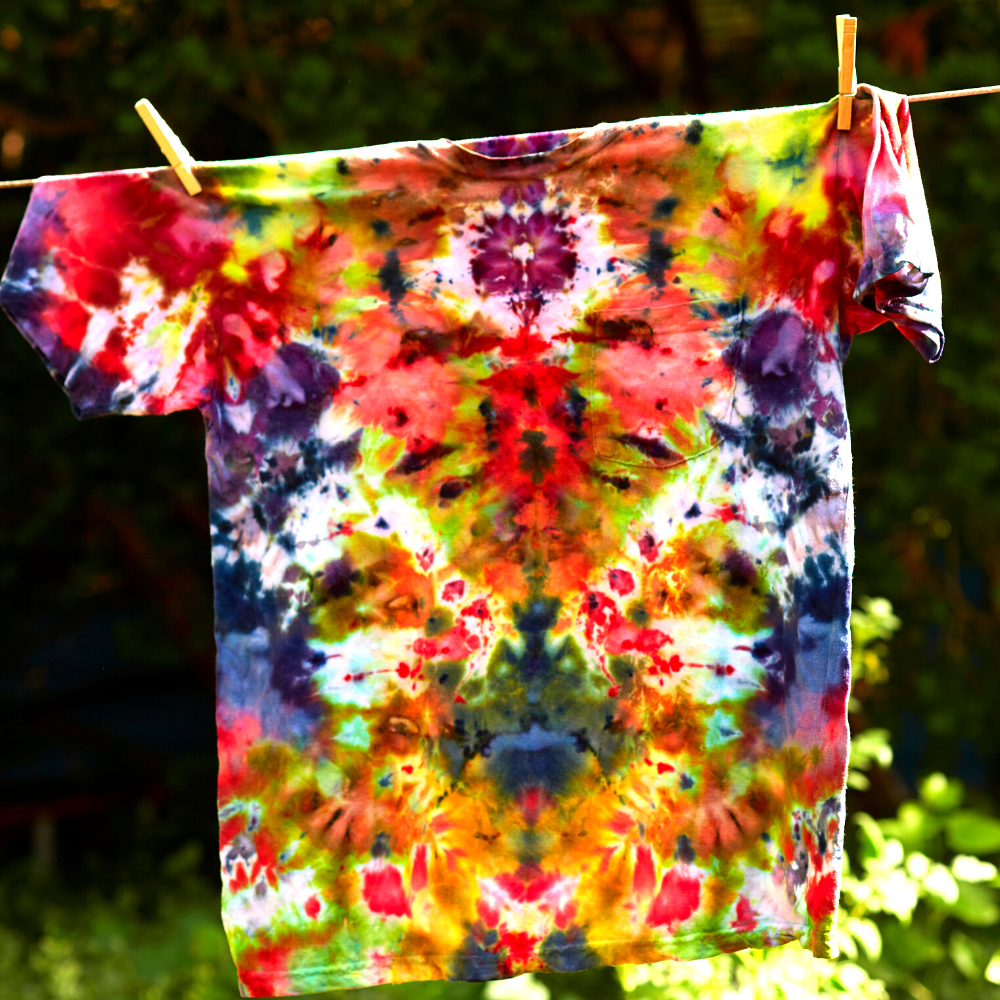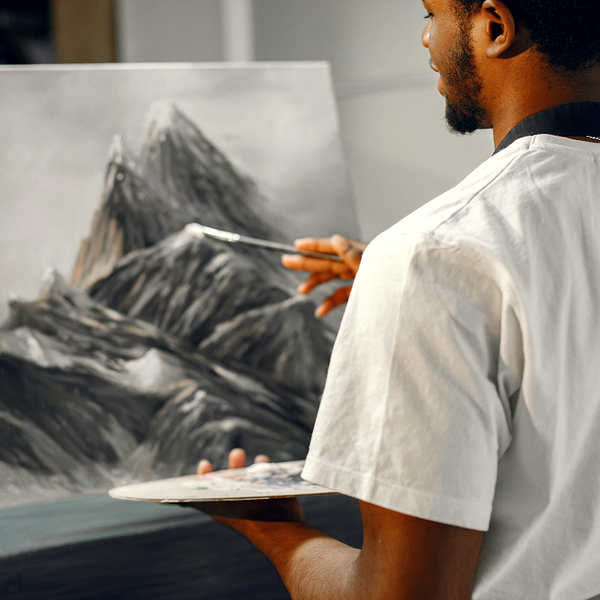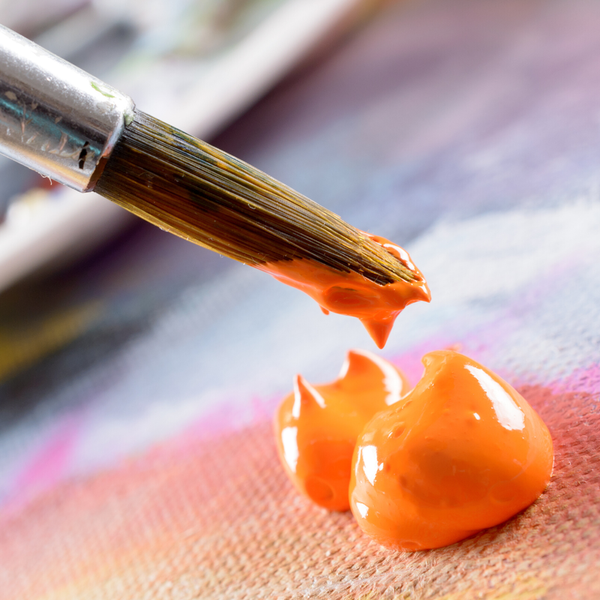Are you a creative soul who loves to express yourself through art?
Do you need a breath of fresh air for your next creative project?
If so, then fabric dyeing might just be the perfect creative outlet for you!
From creating vivid designs on clothing and bedding, to transforming raw materials into show-stopping creations – there's no limit to what colorful possibilities can come from mastery of this craft.
In this blog post, we'll introduce you to the basics of fabric dyeing – from materials and methods used in colorizing fabrics naturally, all the way up to professional-level techniques and projects.
Join us on an exhilarating journey through this dynamic art form that will add depth and flare to all your projects.
With a rich history dating back over 5,000 years, the art of dyeing fabric has influenced fashion, art, and culture around the world, and we'll dive into the techniques, tips, and tricks of the fabric dyeing process and explore the impact that this ancient practice has had on the world of art.
You don’t have to be a professional artist – anyone can enjoy experimenting with wonderful color combinations, subtle nuances of hue, and stunning design motifs.
Whether it's your first foray into the realm of textile coloring or if you're experienced with sewing already looking for new ideas and inspiration - by the end of this article, your relationship with fabric will be totally transformed and reinvigorated!
With that in mind, join us on our journey through the visually stimulating world of fabric dyeing: hop aboard this alluring train ride and get ready for an adventure filled with vibrant hues and endless inspiration!
So, get your dyes, fabrics, and supplies ready – it’s time to get creative!
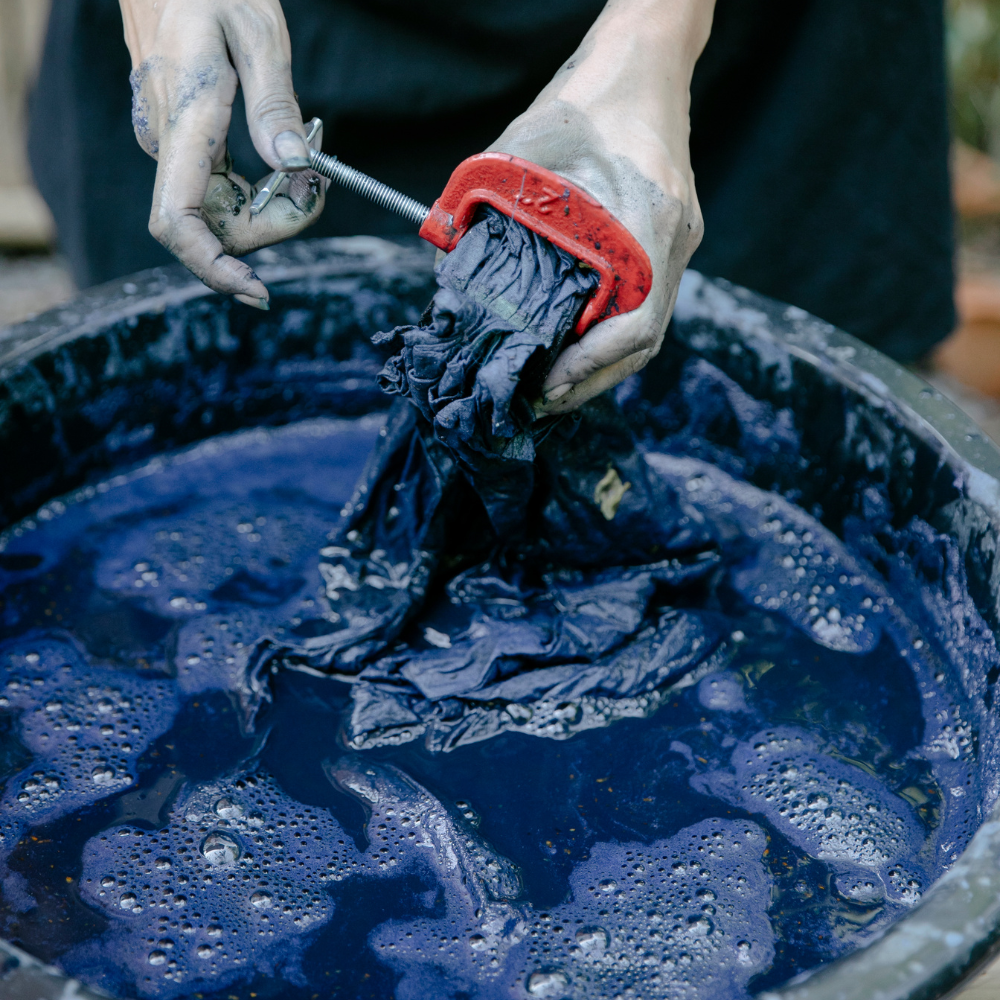
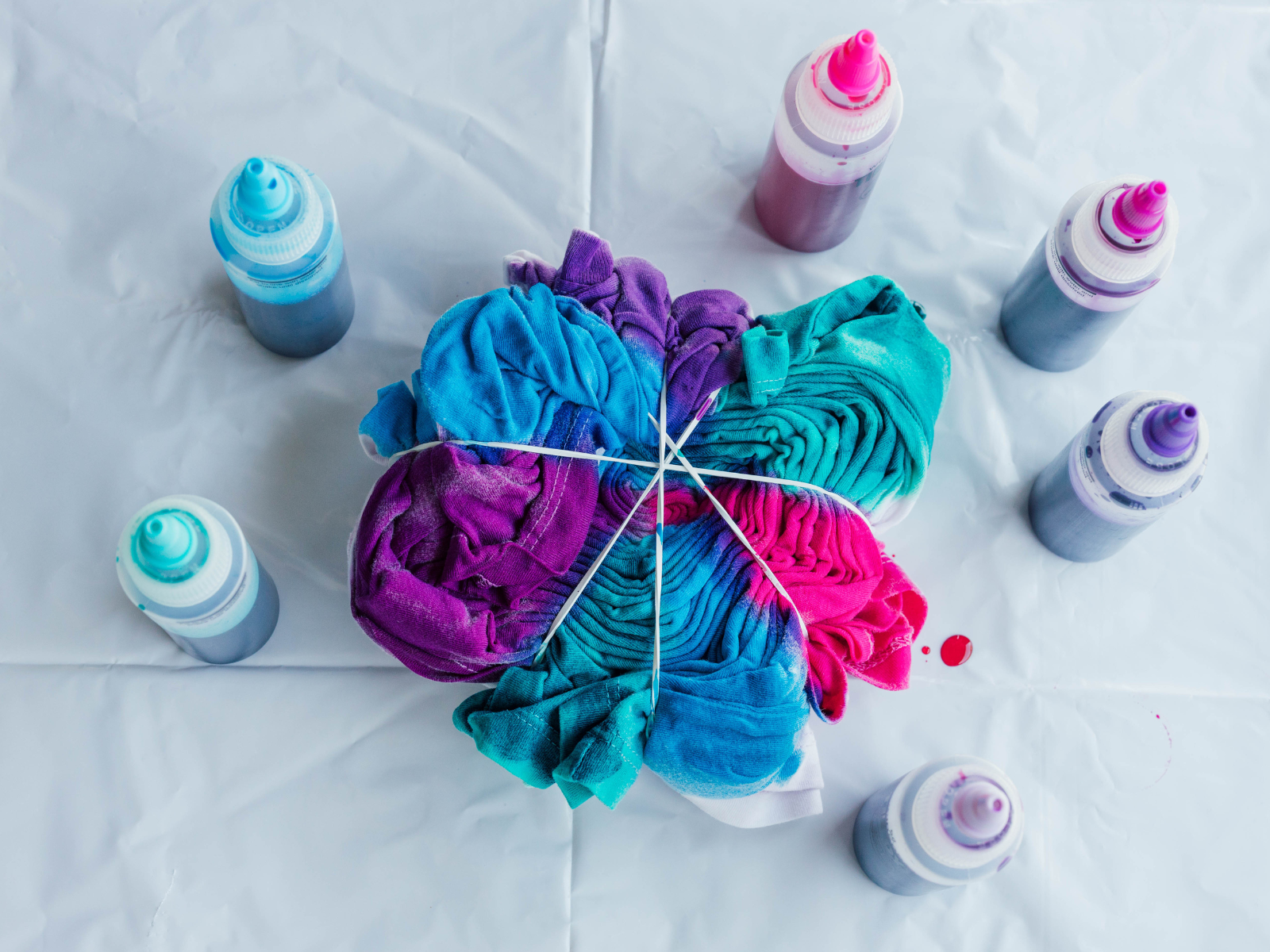

Dive into the Colorful History of Fabric Dyeing
Fabric dyeing is as old as civilization itself.
Once upon a time, in an era before fast fashion and mass production, humans relied on Mother Nature to add a splash of color to their lives.
The art of fabric dyeing dates back to ancient times, when our ancestors discovered they could transform their drab clothing into vibrant hues using plants, insects, and even minerals.
Early dyers used natural sources for dyes – berries, bark, leaves, roots, and even insects.
For instance, the ancient Egyptians were known to use henna to dye their fabrics a rich, reddish-brown color, while the Romans favored Tyrian purple, a dye derived from sea snails.
The use of natural dyes can be traced back to ancient civilizations, such as Egypt and India.
These cultures used plants, insects, and minerals to create stunning and unique colors on fabrics.
Then dawned the 19th century when synthetic dyes were developed and revolutionized the textile industry.
The use of synthetic dyes made it easier for manufacturers to create bright and colorfast fabrics quickly and cheaply.
This marked the beginning of the synthetic dye industry, revolutionizing the textile world by making a wider range of colors more accessible and affordable.
As a result, fashion and textile design exploded with innovative color palettes and patterns.
Nowadays, we've got synthetics and tie-dye kits, but the principle remains the same - turning drab into fab!
Today, dyeing fabric is still an integral part of the fashion and textile industry, allowing for creative expression with an array of colors and designs.
The dyeing process has evolved into a fine art, with a blend of traditional and modern techniques being employed across the globe.
From intricate shibori dyeing in Japan to vibrant block printing from India, the art of fabric dyeing has been used around the world for centuries and continues to inspire creativity.
But why should we care about dyeing fabric?
Besides the obvious answer of "because colors are fun," it's had a massive impact on art and society.
Remember the 1960s?
Those tie-dye shirts were a symbol of counterculture and rebellion.
And let's not forget about fashion.
From haute couture runway shows to DIY punk patches, fabric dyeing techniques have shaped trends and defined generations.
In short, fabric dyeing is an art form that has made a huge impact on the world – and it's only getting bigger!
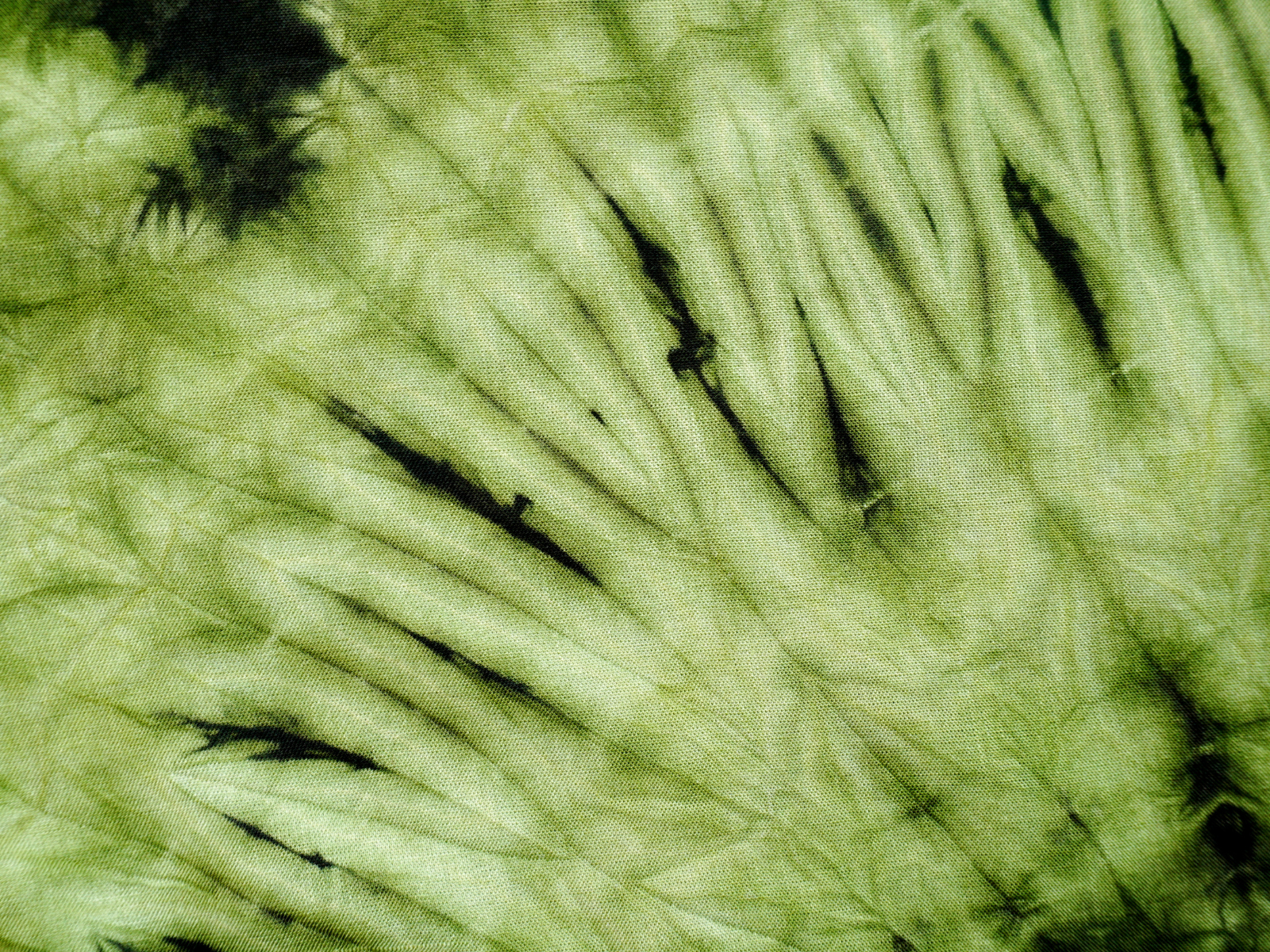
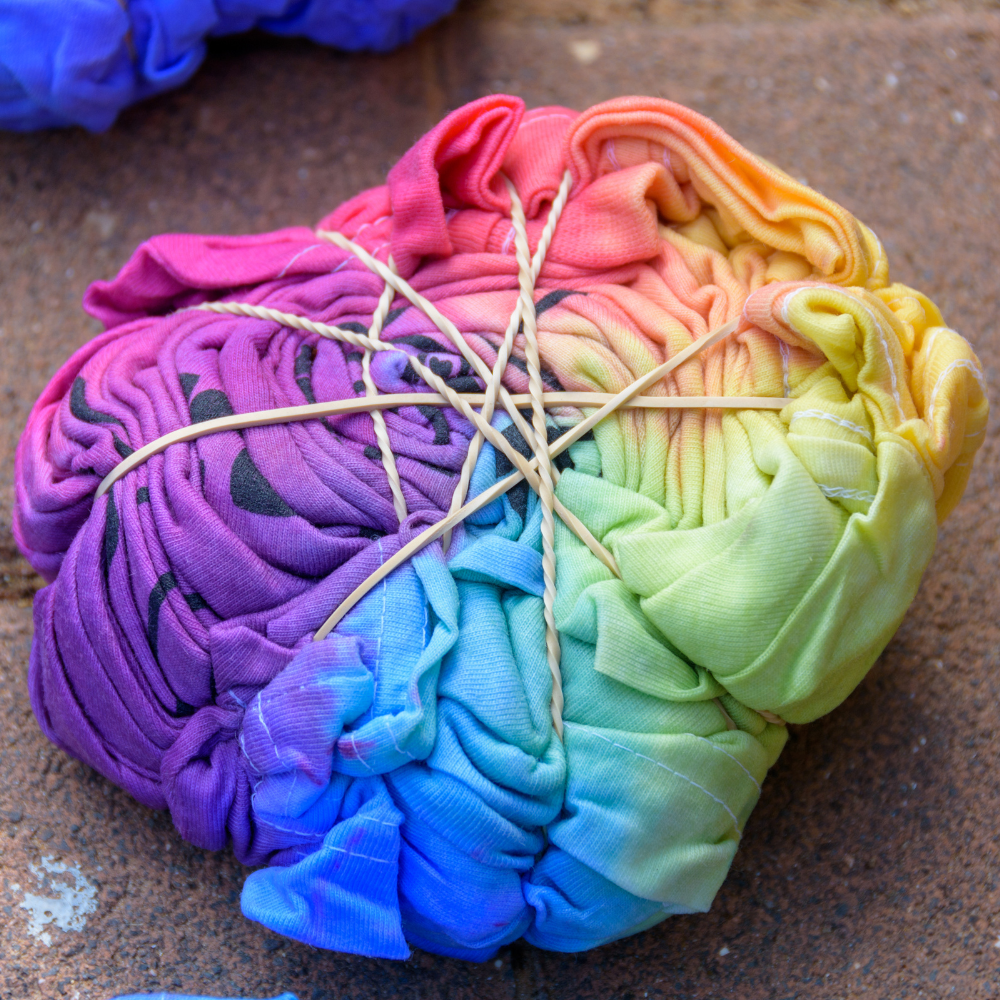
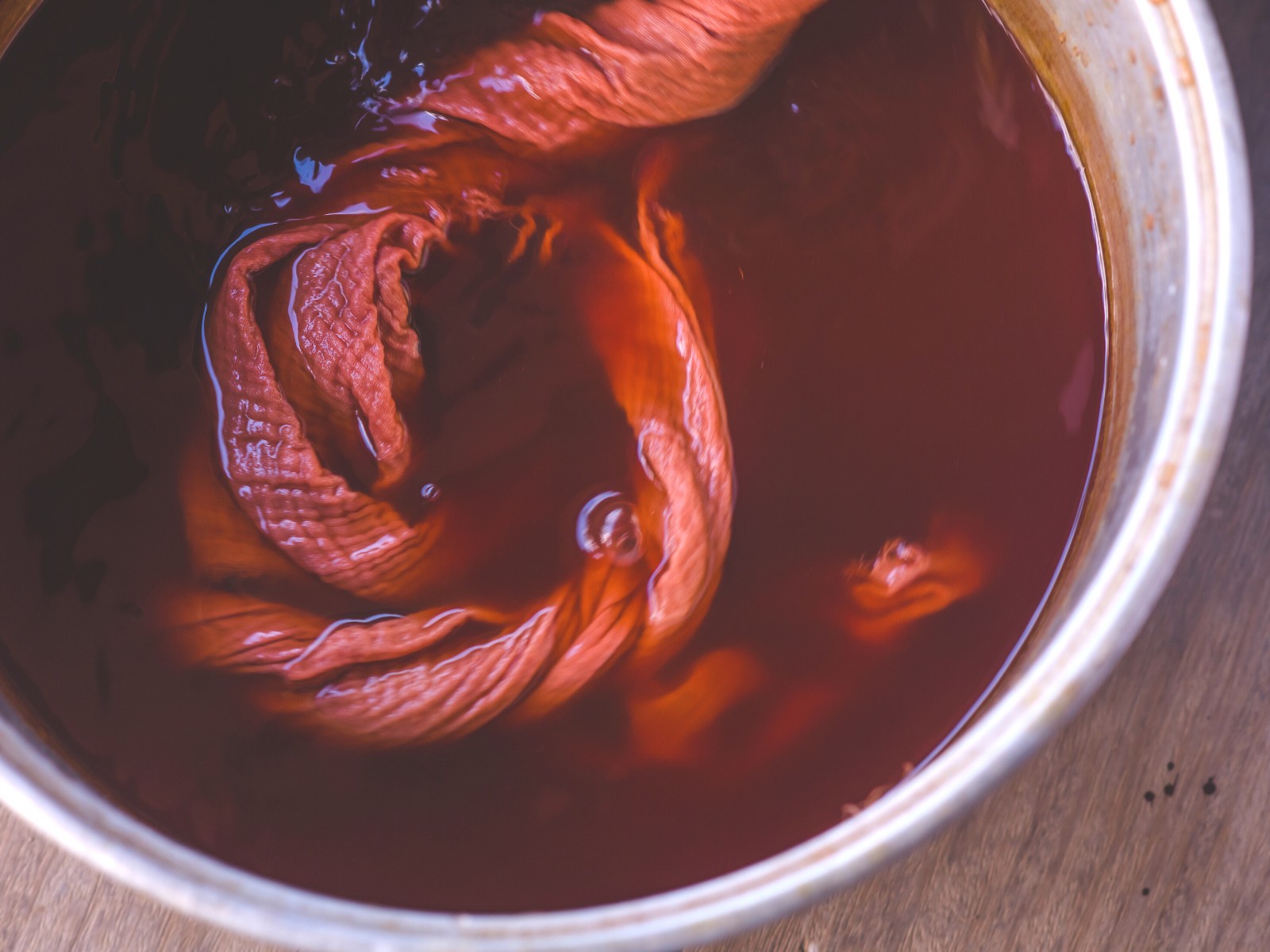
Dyed Fabric's Impact on Art
Dyeing fabric not only influences fashion and design, but it's also an essential tool for artists in other mediums.
From tapestries to quilting to mixed media, the world of art has been significantly impacted by fabric dyeing.
Whether it's a vibrant patchwork quilt or an abstract painting, fabric can be used to add texture and color to artwork.
The art of dyeing also allows artists to incorporate a variety of colors into their work in ways that would otherwise be impossible.
For example, one technique used by fiber artists is ice dyeing – a fun and colorful way to dye fabric that creates a unique watercolor-like effect!
Ice dyeing is just one of many creative ways to use fabric in your artwork.
Whether you’re painting, drawing, sculpting, or crafting, adding a dash of color to your art can be an exciting and transformative experience.
This ancient practice can add depth, texture, and meaning to any artistic project.
Many artists use fabric dyeing as a way to convey emotion or capture a particular moment in time.
Whether you're looking to experiment with new techniques or looking to add a new dimension to your work, dyeing fabric is a fantastic medium to explore.
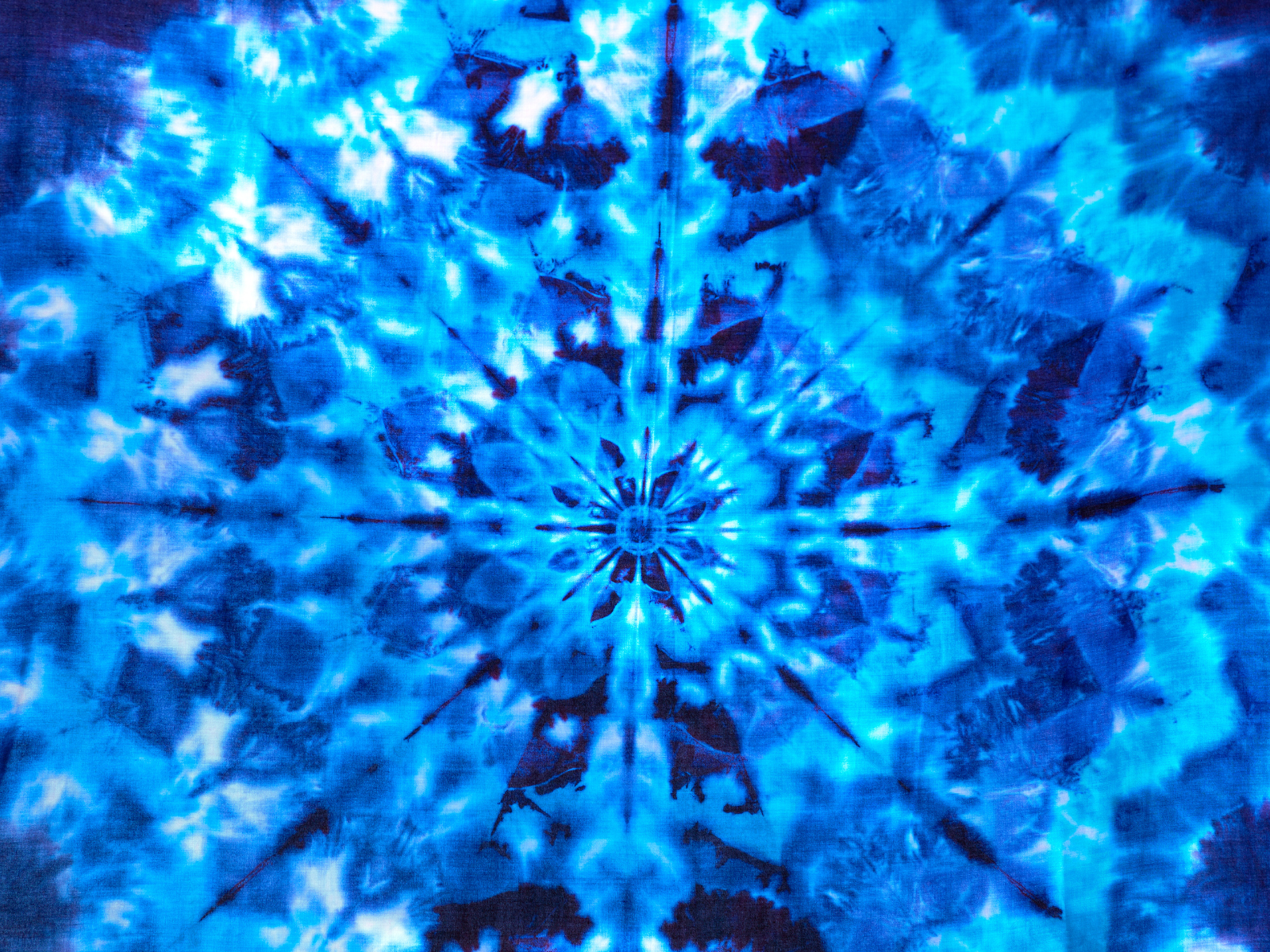


Nature vs. Man-Made Hues: Different Dyes
When it comes to dyeing, you have two broad categories - natural and synthetic dyes.
Natural dyes are derived from plants, animals, or minerals.
They're eco-friendly, but can be labor-intensive to extract and may not provide the colorfastness (the ability of the color to resist fading or running) of their synthetic counterparts.
On the other hand, synthetic dyes, created from chemical compounds, offer a broader spectrum of colors and excellent colorfastness.
However, they've been criticized for their environmental impact, as their production and disposal often involve harmful chemicals.
Ultimately, it's up to you to decide which type of dye best suits your project.
From natural hues to man-made shades, exploring the vibrant rainbow of dyes available is part of the fun!
Whether you're using natural or synthetic dyes, there are some things to keep in mind before diving into the world of fabric dyeing.
Here's a quick overview of the pros and cons:
Pros:
- Fabric dyeing can open up a world of creative possibilities for your projects.
- Natural dyes are eco-friendly and can be extracted from plants, animals, or minerals.
- Synthetic dyes offer a vibrant spectrum of colors and excellent colorfastness.
- Dyes can be used to add texture, depth, and meaning to your projects.
Cons:
- Natural dyes can be difficult and time consuming to extract, as well as less colorfast than their synthetic counterparts.
- Synthetic dyes often involve the use of harmful chemicals in their production and disposal.
- Dyes can be expensive.
- Incorrect use of dyes can result in irreversible damage to fabrics.
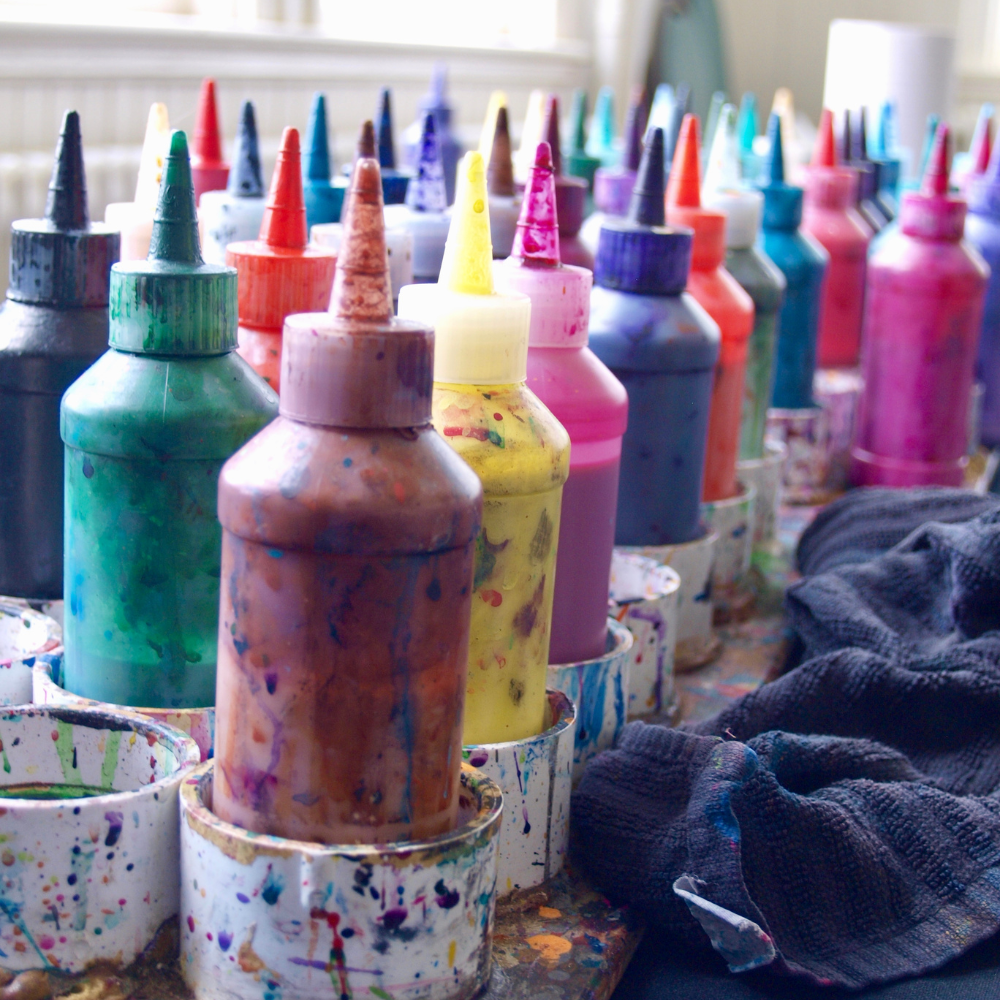


Painting with Dyes: Techniques of Fabric Dyeing
Now, let's dive into the fun part - the dyeing process!
There are various techniques to choose from, each offering a unique result.
Immersion dyeing, one of the most common methods, involves soaking the entire garment in a dye bath.
This technique is ideal for achieving solid, uniform colors.
Immersing the fabric in a dye bath works for simple projects, but if you want to create intricate designs and patterns on your fabric, then you'll need to use some other techniques.
For those who love patterns and designs, tie-dyeing or batik dyeing might be up your alley.
Tie-dyeing involves tying sections of the fabric with rubber bands or string before dyeing, resulting in vibrant, psychedelic patterns.
This technique creates unique patterns and textures on the fabric that are impossible with other methods.
Meanwhile, batik dyeing is an ancient wax-resist technique that's been used for centuries to create intricate designs.
This method involves using melted wax as a resist before adding the dye, resulting in stunningly detailed patterns on fabric.
Other techniques and patterns you can explore include block printing, shibori dyeing, and even natural dyeing with plants, like indigo!
Block printing, which uses a carved wood block to press dye onto fabric, is great for creating repeating patterns in multiple colors.
Shibori is a similar technique that involves folding and tying fabric in specific ways to create patterns.
There are countless other techniques to explore, so start experimenting!
The exciting world of fabric dyeing is only limited by your imagination.
Fabric dyeing is a world full of vibrant possibilities, a blend of science, art, and a dash of patience.
Whether you're a seasoned pro or a curious beginner, there's always something new to learn and experiment with in this colorful craft.
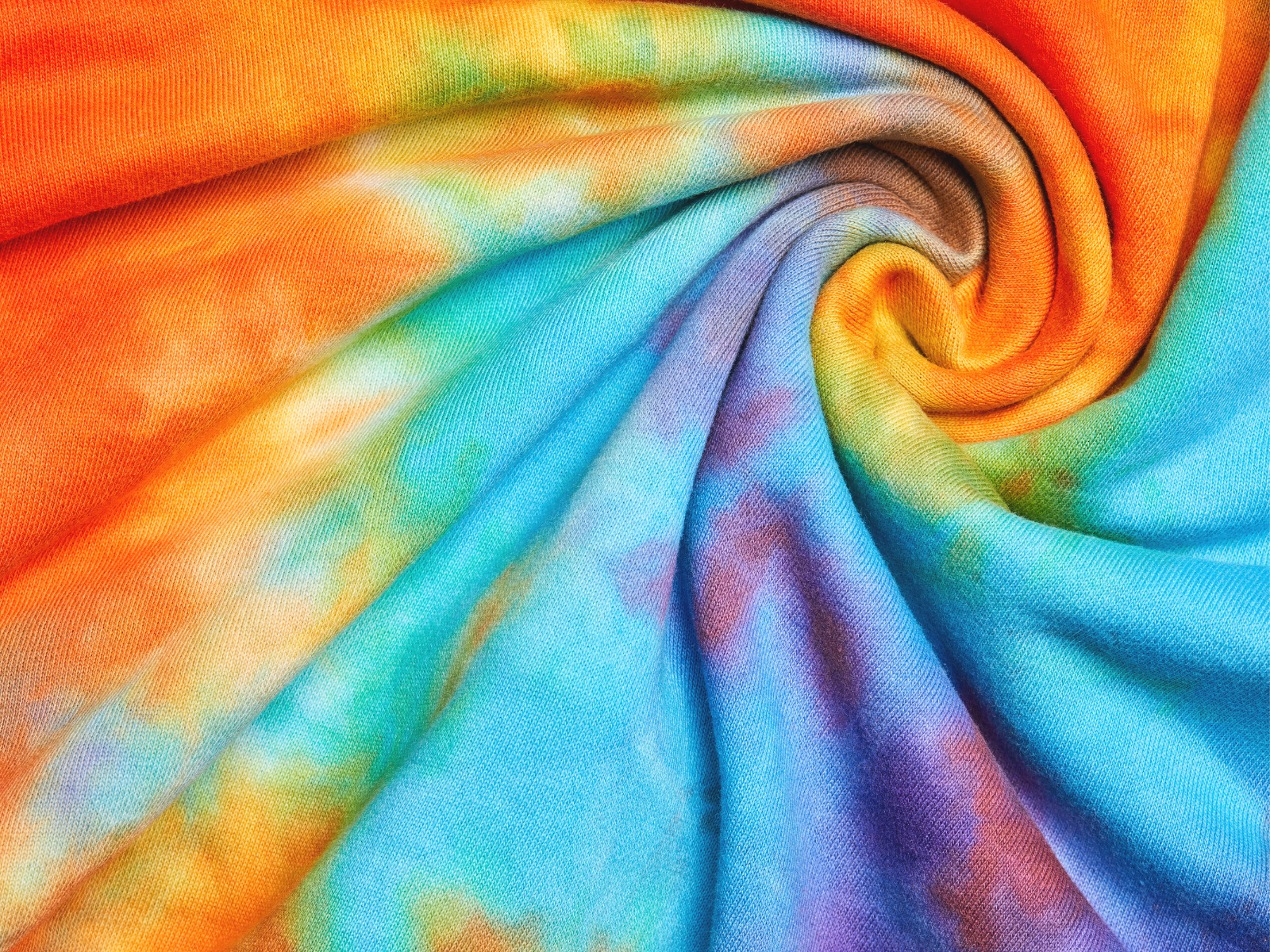


Choosing Your Materials
When it comes to the fabric dyeing process, the materials you choose are essential.
From fiber content to the dye itself, every choice you make will impact the final product.
Dyeing methods, like yarn dyeing or working with dyed fabrics, will also affect the outcome.
Multiple dye colors can be blended together to create new, unique shades and hues, too!
Similarly, the types of dyes used will vary depending on the project.
For instance, immersion dyeing requires disperse dyes, while tie-dyeing typically uses fiber reactive dyes.
Different fabrics react differently to various dyes, so it's essential to research and experiment to find the right combination.
Natural fabrics and fibers such as cotton and silk are easier to dye and provide better results.
But for a more durable fabric, try a blend of a natural and synthetic fiber like polyester cotton.
Synthetic fabrics can be dyed with synthetic dyes, but the results won't be as vibrant or colorfast as natural fabrics.
Different types of fabrics also require specific dyes – for example, dyeing polyester or nylon will require different materials than dyeing wool or cotton.
Researching and purchasing high-quality dyes is also crucial for your success as a fabric crafter.
Make sure you get the right type of fabric dye for your chosen fabric, as many dyes are designed to work with certain types of fibers; some dyes are more acidic than others and could damage the fabric if used incorrectly!
The dye solution should also be tested for colorfastness before using it on any fabric.
Reactive dyes, liquid dye, dye powder, and disperse dyes are all popular types of fabric dye.
Each has its own advantages, so experiment to see which one gives you the best results!
Powdered dye, for instance, is great for subtle effects, and disperse dyes are perfect for creating vibrant colors.
In addition, always check the safety instructions and follow all directions when using any kind of dye – remember, you're dealing with potentially toxic materials here!
Necessary supplies can vary depending on the type of dyeing you’re doing, so be sure to do your research and prepare beforehand, but general basic supplies include a dye container, rubber gloves, and something to stir with.
Salt, white vinegar, and soda ash are essential additives for the dyeing process, as they help the color to bond with the fabric.
Some artists use Rit Color Remover to the dye and start fresh if they didn't achieve the desired color, and you can also choose to use a dye fixative.
Fixatives come in either liquid or powder form and help ensure that the dye won't run or fade.
When selecting your materials, safety should always be your number one priority – make sure to read up on the proper precautions before getting started!
The key is to keep an open mind and take it one step at a time – with practice, you’ll soon become an expert fabric dyer!

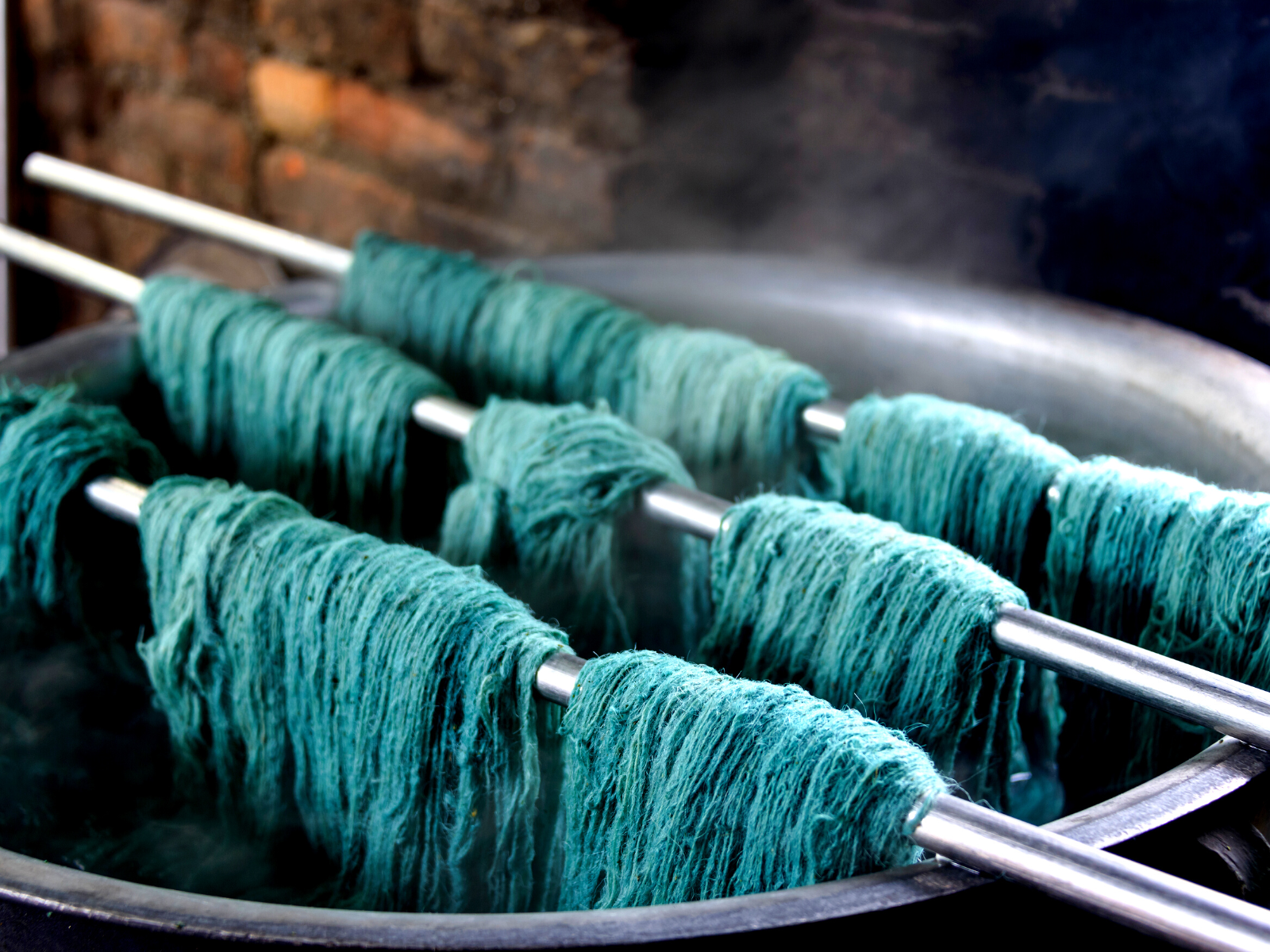

Prepping for Success: Fabric Preparation
Before you dip your fabric into the dye bath, proper preparation is key.
Fabric should be clean and free of oils or dirt that can interfere with dye absorption.
Some fabrics may also require a mordant, a substance that helps the dye adhere to the fabric and improves colorfastness.
It's important to keep in mind that different fabrics react differently to dyes.
Wool and silk, being protein fibers, are usually easy to dye and result in rich colors.
Cotton and linen, on the other hand, may require more preparation but can still yield beautiful results.
Synthetic fibers like polyester can be particularly challenging to dye and often require specialized dyes and techniques.
Once you know what kind of fabric you're working with, do a little research and find out the best method for prepping your material.
While it's important to understand the basics before starting any dyeing project, don’t be afraid to experiment!
After all, that’s why we love art - it allows us to explore and create something from nothing!


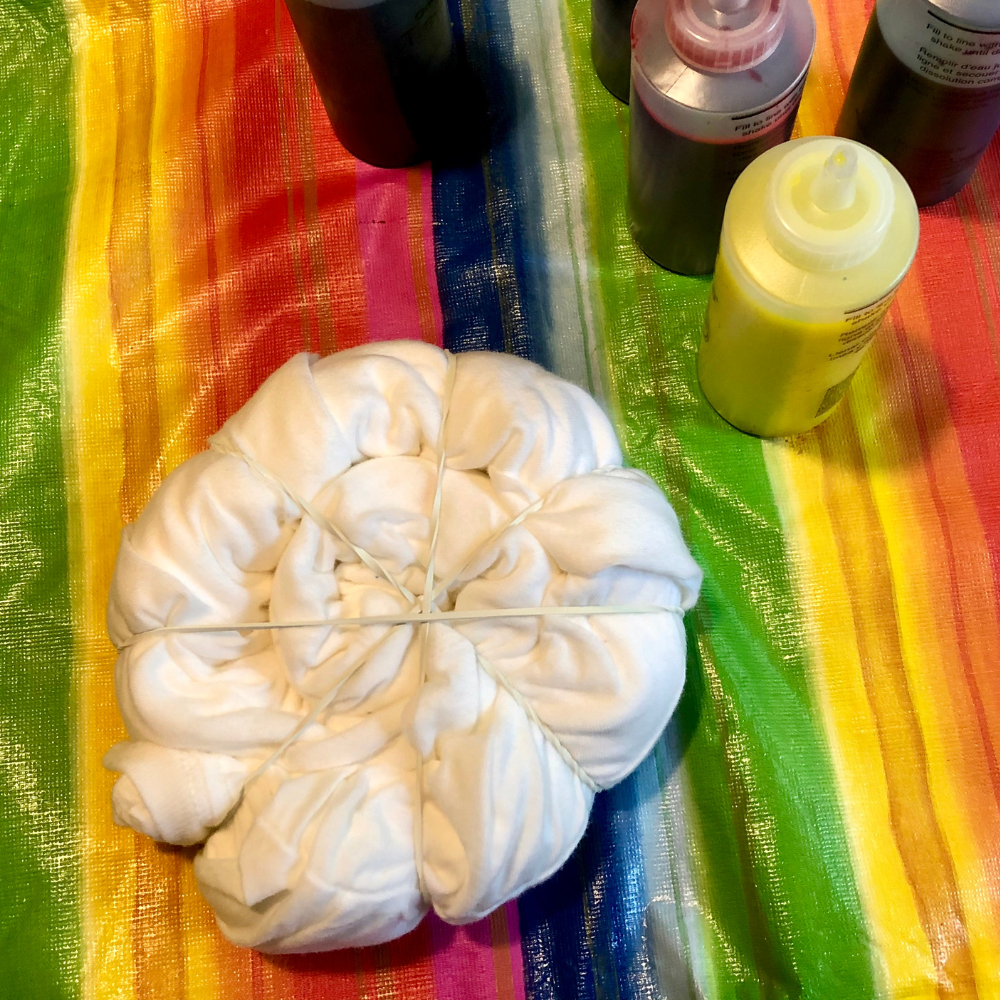
Fabric Dyeing Tips and Tricks
Dyeing fabric can seem intimidating, but there are many techniques available for artists of all skill levels to try.
Experimenting with different types of fabric, dyes, and patterns will help you find your unique style.
Now, you might be thinking, "That's all well and good, but I can barely color inside the lines, let alone dye a whole piece of fabric."
Fear not, my creative friend, because here comes the fun part - tips and tricks to make you an expert of fabric dyeing!
- Start Simple:
Don't try to do much at once because once you get the hang of it, you can move onto more complex projects.
Start with easy techniques like dip-dyeing or tie dyeing, and work your way up.
- Read Up:
Do some research on different dyeing techniques to find out which one works best for your project.
Take notes and experiment with different strategies until you find something that works for you.
- Know Your Dyes:
Not all dyes are created equal.
Some work better on natural fibers like cotton or silk, while others are perfect for synthetics.
Do your homework before you start to avoid a muddy mess.
- Consider Your Color Scheme:
Pick the colors you want to use and find out if they'll work together.
Different dyes react differently, so be sure to test it first before going all-in.

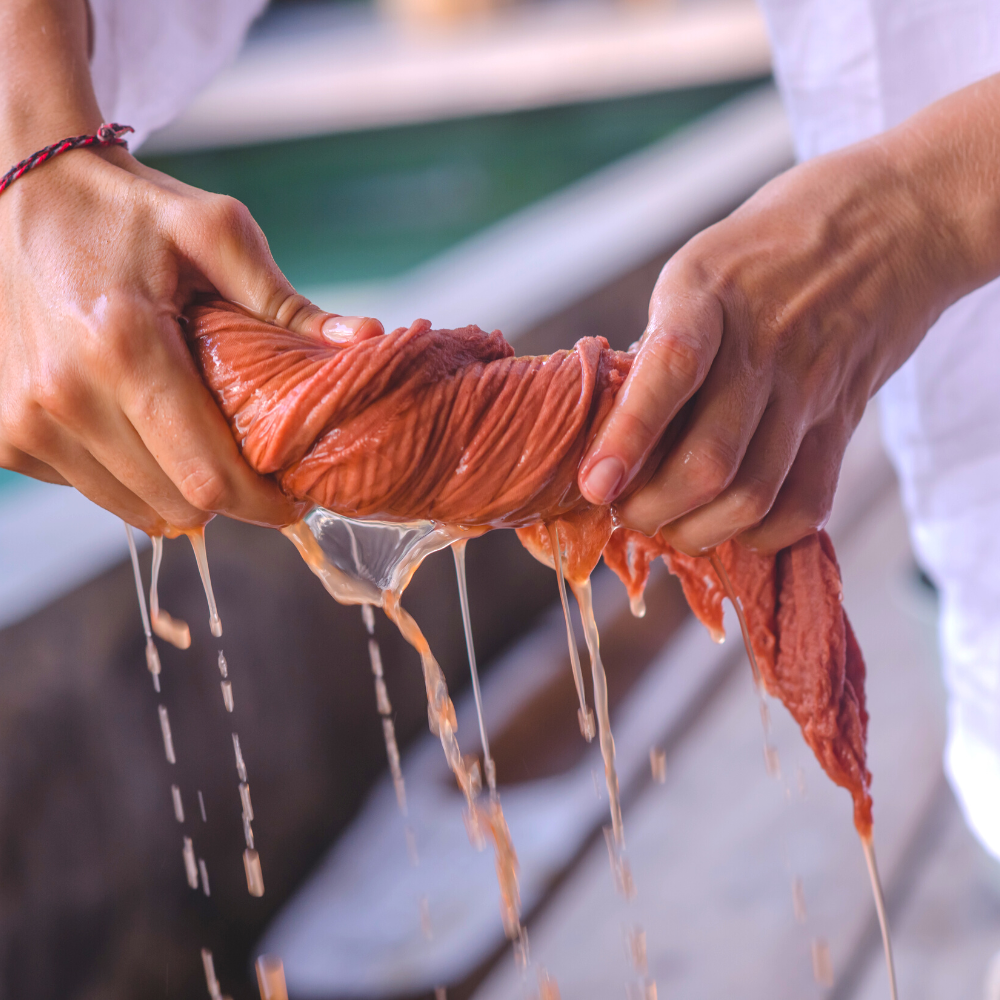

- Safety First:
When working with dyes, safety should always be your number one priority.
Make sure to read up on the proper precautions and instructions for the dyes you're using.
Always remember to wear gloves and old clothes.
Dye stains, folks. It's kind of its thing.
- Patience is a Virtue:
Dyeing fabric can take some time, so make sure to budget accordingly.
Also remember to be patient when rinsing the dye from your fabric; rushing this process can lead to uneven colors or even damage to your material.
Dye needs time to set, usually a couple of hours to overnight, so give it time, or you'll end up with a faded disappointment.
- Rinse and Repeat:
After dyeing, rinse your fabric in cold water until the water runs clear.
This removes any excess dye and helps prevent bleeding.
Warm water or hot water will set the dye, but make sure to use cold water for the final rinse.
Then you can wash your dyed fabric with mild detergent and air dry it.
- Have Fun:
Last but not least, don't forget to have fun!
Fabric dyeing is a fantastic way to explore your creativity and express yourself through fiber art.
So step out of your comfort zone and go wild with it!
Fabric dyeing is a great creative outlet that produces stunning results with a little practice and patience.
These tips should help get you started on your journey to becoming a pro fabric dyer!
Don't be afraid to experiment and try new things – after all, that's what art is all about.
So, grab your supplies and get ready to dye!
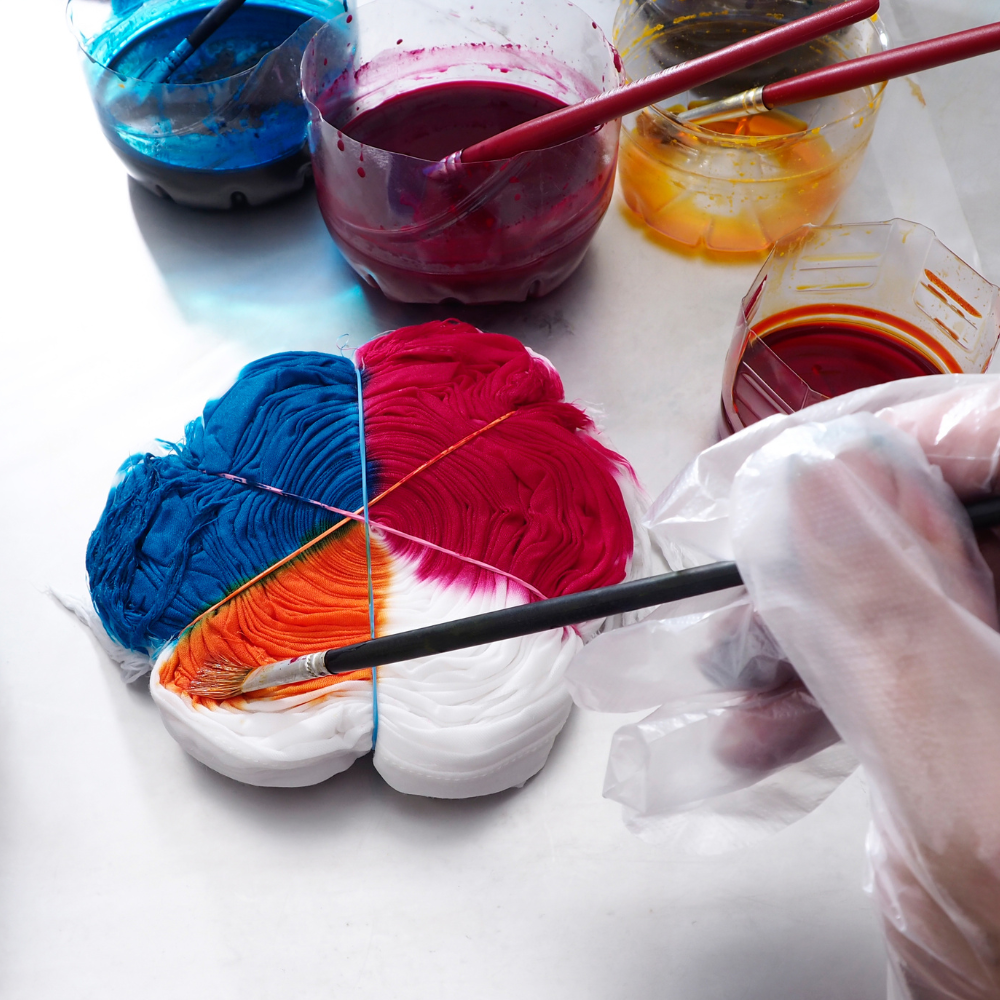
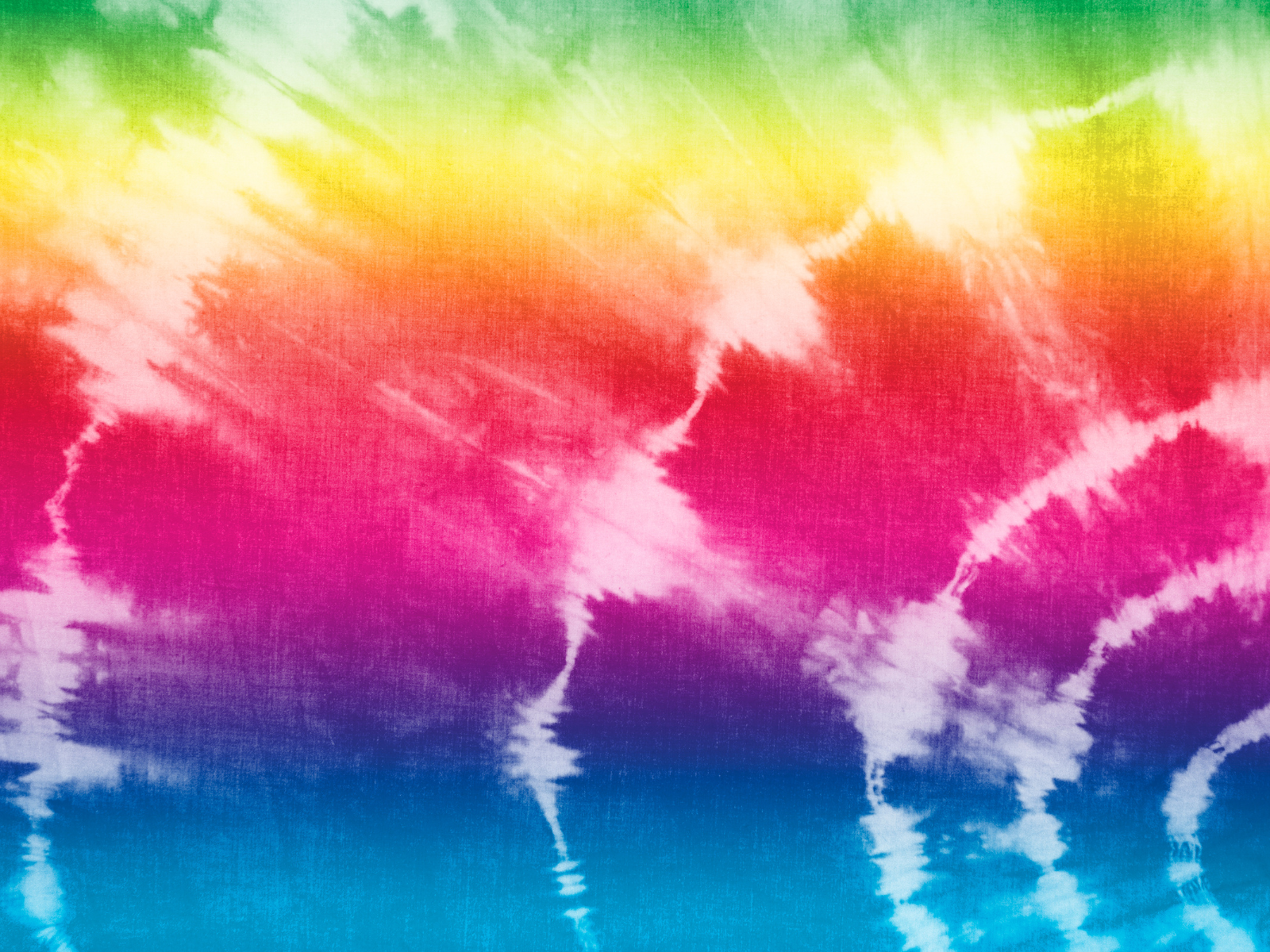
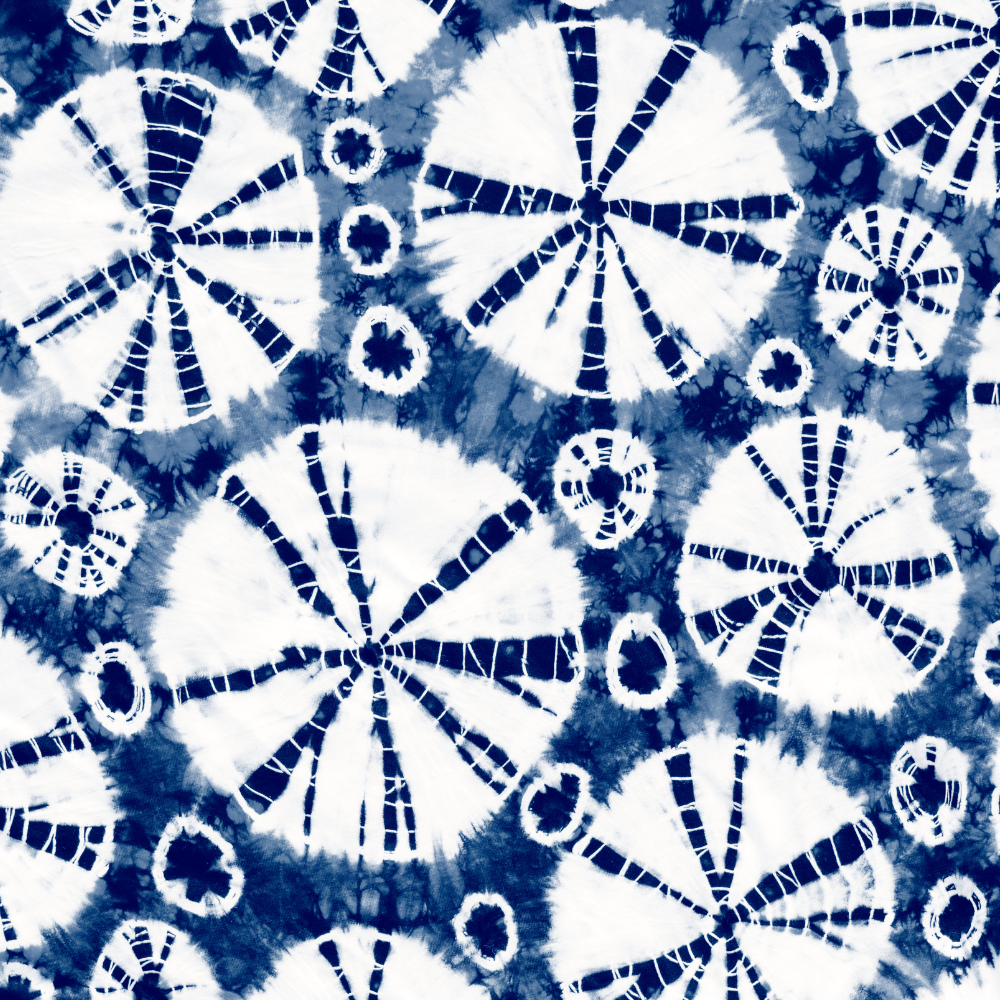
Take the Plunge: Start Dyeing Fabric Today!
So, there you have it - a crash course in the wonderfully colorful world of fabric dyeing.
Dyeing fabric is an exciting, creative, and ancient practice that has impacted the world of art.
From natural dyes to synthetic hues, there are countless possibilities to explore.
You can create intricate designs with tie-dyeing and batik dyeing or keep it simple with immersion dyeing.
No matter what you choose, make sure to take the necessary precautions and follow safety instructions when handling potentially toxic materials.
Now that you know a bit more about fabric dyeing, it's to get started!
Regardless of if you're a beginner or an experienced dyer, fabric dyeing is a fun and creative endeavor that can add unique color and texture to any project.
Whether you're looking to spice up your wardrobe, create a unique piece of art, or just try something new, give fabric dyeing a shot.
Experiment with new techniques, explore different materials, and most of all, have fun!
With this comprehensive guide, you'll be well on your way to mastering the art of dyeing fabric, and you might just find your new favorite hobby.
Remember, in the world of fabric dyeing, there are no mistakes, only opportunities to explore and create.
So, what are you waiting for?
Dive in and start dyeing fabric today!
Happy dyeing!
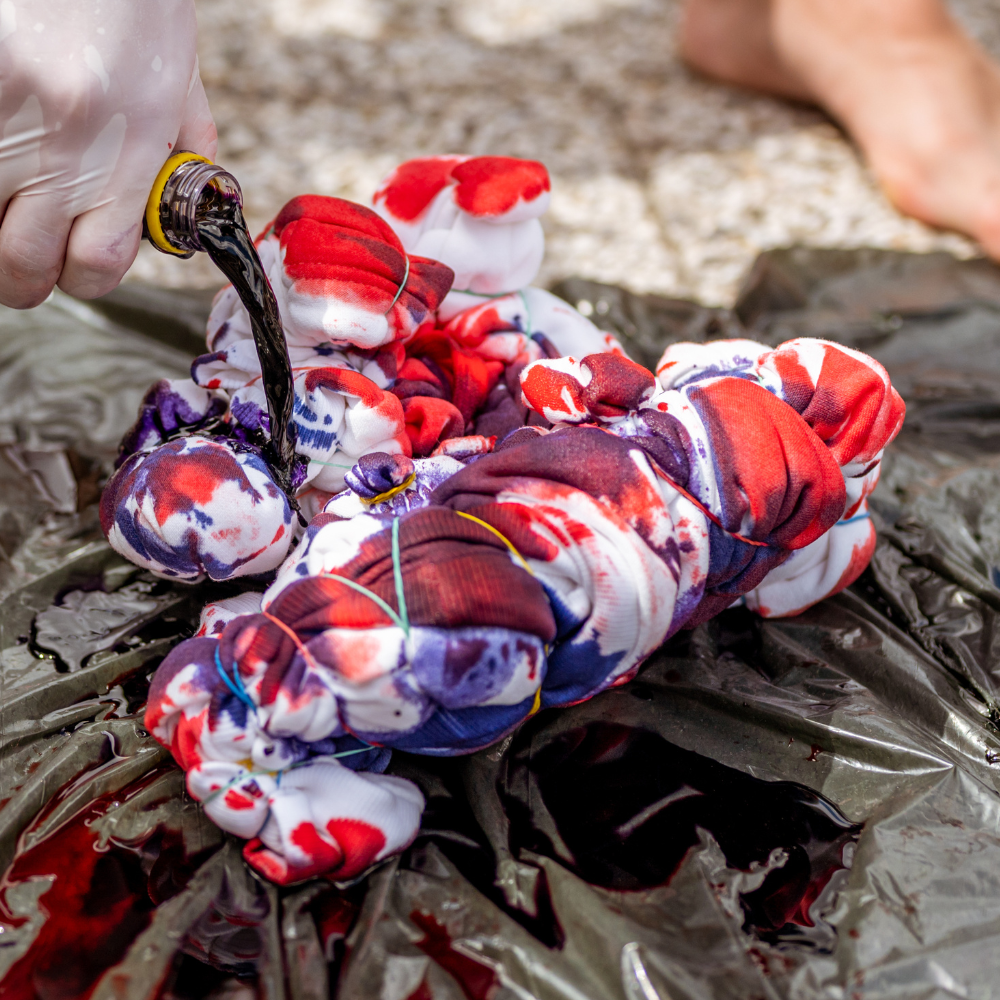

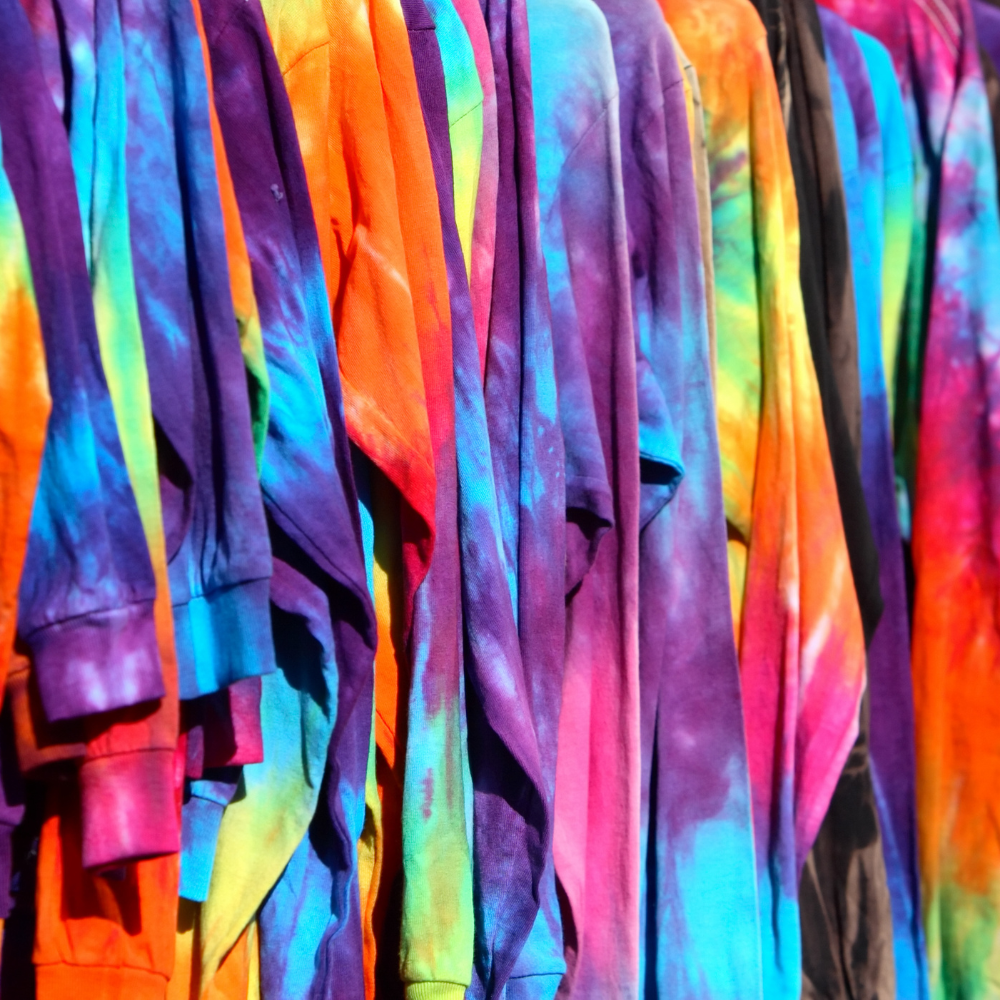
Ready to immerse yourself in the realm of fabric dyes? Check out Online Fabric Store's video!
Curious about painting with dyes for a watercolor effect? Check out Online Fabric Store's video!
Want even more content about creativity and art?
Be sure to check out all of our creative chronicles!
Interested in crafting with fabrics?
Check out some of our other textile articles:

